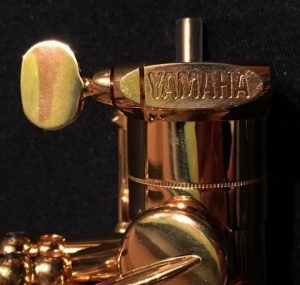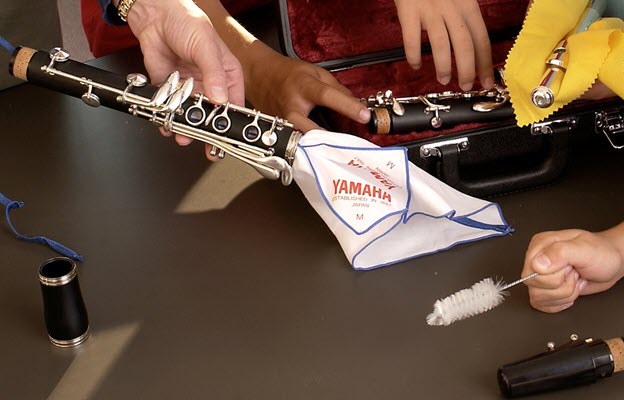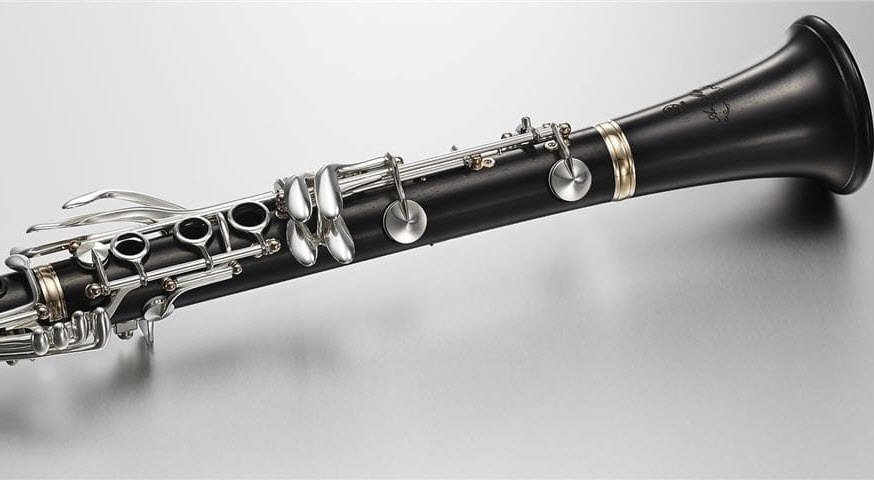A Guide To Adjusting Saxophone Neck Screws
How tight is too tight?
The harder we tighten our sax’s neck screw, the better the neck will fit, right? Wrong!

The saxophone neck tenon — the bottom portion of the neck that is inserted into the body of the saxophone — is designed to fit securely into the receiver, where the body of the instrument meets the neck, just like any metal tenon such as a flute headjoint or footjoint. The function of the neck screw is to add an extra bit of security needed to keep the neck aligned with the body tube, ensuring correct operation of the octave key. The slot that is pinched together when the screw is tightened only runs about one third of the length of the tenon, leaving two thirds unchanged when the screw is tightened.
Yamaha neck screws and tenons are designed with this in mind. Both their Standard and Custom saxophones are all manufactured with reinforced neck tenons and neck screws. These design features help aid the longevity of the instrument and ensure a properly functioning connection between the neck and the body.

So how much should you tighten your saxophone neck screw? Just a few turns until you feel comfortable resistance, but not excessively tight. (If you overtighten, the receiver will distort and may not seal well … and the screw itself may break!) Remember, the function of the neck screw is to keep the neck aligned so the octave key will work properly. There’s no need to crank it too tightly.
If the neck still moves when your neck screw is snug but not excessively tight, the tenon should be refitted by a skilled technician.
Click here for more information about Yamaha saxophones.















